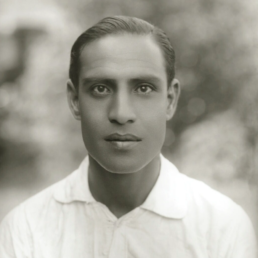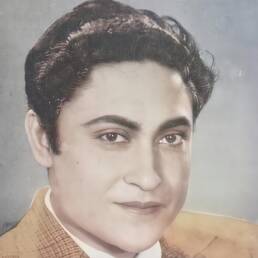Ustad Bade Ghulam Ali Khan, a monumental figure of Indian classical music was revered for his light-hearted rāgas such as Adana, Bhupali, Hameer and Jaunpuri. However, on special occasions, he had mesmerized his audiences with Hamsadhvani, a rāga in the Carnatic tradition.
One such rare occasion came in 1956, during Rama Navami festival in Bangalore. The concert was held in the Fort High School ground in Chamarajpet. The fort, after which the school was named, was originally built by Kempegowda in the 16th century.
Later it was rebuilt by Hyder Ali, the Sultan of Mysore, and further decorated by his son, Tipu Sultan, during the 18th century. However, the school itself dates to the early 20th century and was constructed by the British.
If one connects the dots, here’s the picture of diversity that emerges from the concert. An acclaimed Indian Muslim musician, born in what is now Pakistan, sings a Carnatic music rāga, at a festival named after the greatest of Hindu deities. held in the playground of a school built by the British, but named after a fort that dated to the 16th century and whose present form owed itself to both Hindu and Muslim rulers.
If unity in diversity had a face, this concert would have represented it best.
Sources:




